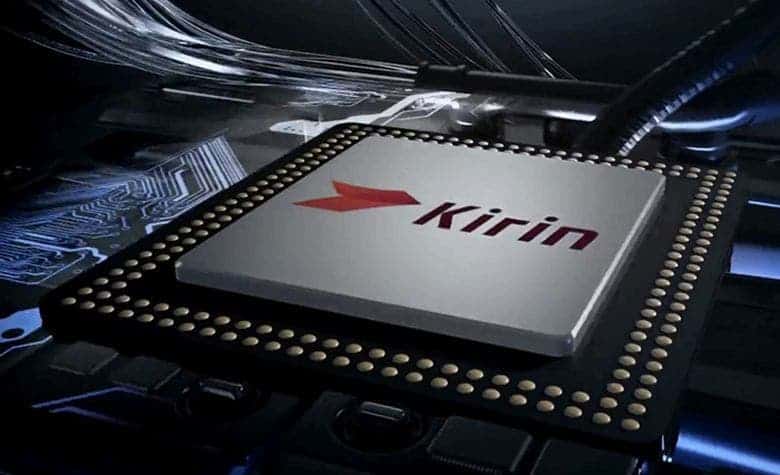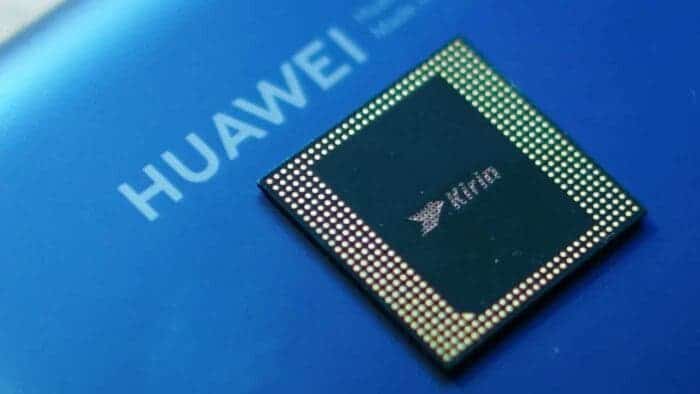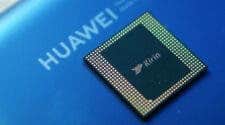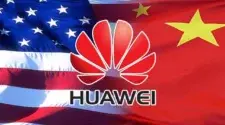Chinese tech giant Huawei has shown significant progress in developing its own central processing unit (CPU) cores, a key component in various computing devices. While not yet on par with the absolute leading edge, benchmarks indicate their performance has reached the level of top contenders from a few years ago, suggesting they can adequately serve a large portion of the market.
Huawei Demonstrates Progress in CPU Development, Catches Up but Still Lacks Cutting Edge

A recent benchmark test, reported by the US magazine Tom’s Hardware, evaluated the performance of Huawei’s Taishan V120 core, one of its own designs. The single-core performance of the Taishan V120 matched that of AMD’s Zen 3 cores, released in 2020. This signifies that while Huawei still trails the very forefront of CPU technology, the gap has narrowed considerably. The Taishan V120’s performance is generally sufficient for most mainstream market applications.
This tested core forms part of Huawei’s new Kirin 9000s System-on-Chip (SoC). It incorporates four Taishan V120 cores alongside two ARM Cortex A510 cores for handling less demanding tasks efficiently. The Kirin 9000s itself utilizes a second-generation 7-nanometer manufacturing process at the contract manufacturer SMIC.
However, the exact chip tested in the benchmark remains unclear. The test has the “Huawei Cloud OpenStack Nova” label. Suggesting it might be a Kunpeng server CPU, potentially the Kunpeng 930. This chip was originally official before the full extent of US sanctions on Huawei came into effect. Initially, it was planned for 5-nanometer production by TSMC and a 2021 launch timeframe. However, these plans were disrupted, forcing Huawei to utilize the processor with alternative arrangements, leading to the current delay.
Overall, Huawei’s advancements in CPU development demonstrate their ability to adapt and partially compensate for the limitations imposed by the US embargo. While they haven’t yet reached the absolute top tier, their improvements bring their offerings closer to meeting mainstream market demands. It remains to see how quickly they can bridge the remaining gap and potentially compete for the top spot in the future.





